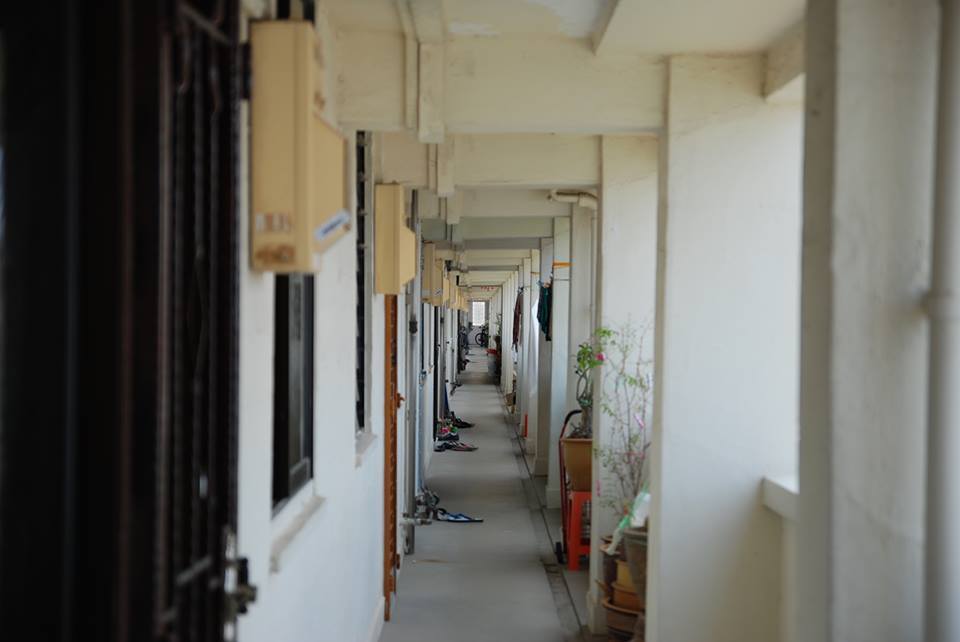Falls among Asians Living in Small Apartments Designed for Older Adults in Singapore
October 30, 2023
World Cities Day is celebrated on 31 October in recognition of our commitment to Sustainable Development Goal #11, which aims to make cities and human settlements inclusive and safe. In Singapore, a city with one of the fastest rates of aging worldwide, the need for age-friendly neighbourhoods has led to housing innovations such as the Studio Apartment scheme for those aged 55 and above. These studio apartments are designed with age-friendly features and are built intentionally to empower older adults to live independently and safely.
In ‘Falls among Asians Living in Small Apartments Designed for Older Adults in Singapore’ (Journal of Aging and Environment, 2019), Ms Elaine Qiao-Ying Ho (NUS Saw Swee Hock School of Public Health), Associate Professor Song-lee Hong (Dongguk University Department of Social Welfare), Associate Professor Leng Leng Thang (NUS Japanese Studies), Ms Peck Hoon Ong (NUS Saw Swee Hock School of Public Health), and Professor Gerald Choon-Huat Koh (NUS Saw Swee Hock School of Public Health) examine the factors associated with falls in older adults residing in these studio apartments. In general, falls are of concern because they impose economic and social burdens, resulting in the loss of independence, reduced quality of life, and indirect and direct medical costs. This particular group of studio apartment residents is of interest when discussing fall prevention, because older adults tend to have more severe falls and longer recovery periods.
The researchers interviewed 925 studio apartment residents to determine the significance of intrinsic and extrinsic factors on the likelihood of severe falls (defined as falls from which the individuals could not get up by themselves). Intrinsic factors included health and functional status, while extrinsic factors included environmental factors, both within and outside the home. Overall, they found that fallers tend to be older, and have visual impairment or general weakness. Those with urinary-tract disorders (such as urinary-tract infections and incontinence) also had a higher likelihood of falls, possibly because they rushed to the toilet and had a higher risk of tripping over obstacles and falling. Meanwhile, older adults with high participation in family activities in the past year had a reduced risk of falls, presumably because they had more support from family members and greater influence on their fall-related behaviours.
The researchers conclude that after addressing the environmental factors in the age-friendly studio apartments, the fall risk factors that remained significant were intrinsic, including sociodemographic and social factors, medical conditions, and functional difficulties. They recommend interventions that target specific fall risk factors, such as screenings, exercise, and physical therapy, while also encouraging partnerships with existing service providers to strengthen social support. Such multifaceted interventions can help policymakers and practitioners support fall-prevention in more holistic ways, strengthening aging-in-place efforts to create safe and inclusive communities.
Read the article here.

Photo: ‘An inclusive society’ by Sylvester Or Jun Wen from SRN’s SG Photobank
